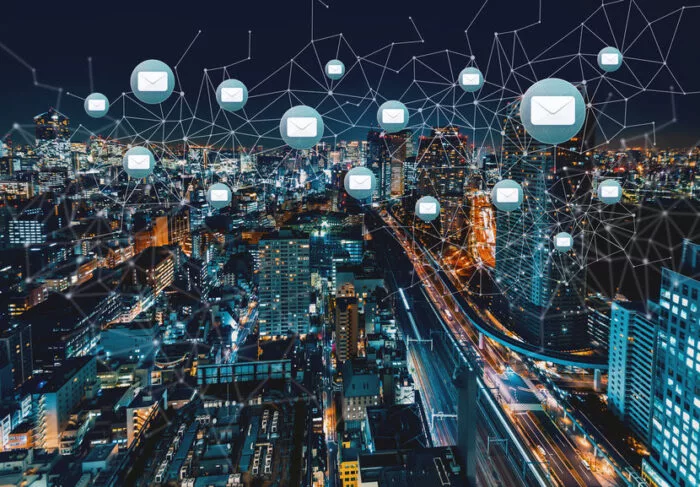Before there was Myspace, Facebook, or any other social media channel there was email. Email marketing completely changed the marketing game, allowing for amplified reach without the price tag.

When social media channels began growing in popularity—marketers were naturally all over it. The possibilities seemed endless, including the ability to reach a more elusive set of consumers: Millennials.
Email marketing and social media marketing are considered important to most digital marketers. Sometimes the two channels have cross over, for example, when an email marketing campaign gets shared across social channels or when social media is used to encourage people to subscribe to a bi-monthly newsletter.
Digital marketers use email and social media to reach larger audiences. They may wonder if each channel packs the same impact for certain audiences. Millennials are one of the most difficult audiences for marketers to figure out, as well as Generation Z. Older generations imagine Millennials and Generation Z spending their hours swiping through their Facebook, Instagram, and Snapchat feeds, their heads perpetually drooped over their Smartphones. Email marketing is almost automatically presumed to be a no-go for younger generations.
The reality? Millennials AND generation Z use email just as much, if not more, than the older generations. Surprisingly, the younger generations prefer receiving advertisements and brand-related content via email as opposed to social media channels, where they spend most of their time engaging with friends or family.
In a 2017 cross generational marketing study by Campaigner, it was found that 22% of Millennials said they were “very likely” to open their emails—much more than older generations. Why, then, do people assume Millennials are e-mail-averse, spending every waking moment on social media? Probably because Millennials grew up with the advent of these new platforms, whereas Gen X and Boomers are accustomed to more traditional communication. Interestingly, Gen X spends more time on social media—a total of seven hours per week versus Millennials who spend six hours per week. Boomers naturally clock in much less time than younger people: four hours per week in total.
There’s no denying that social media channels are necessary for engagement with young people—but they are in no way a replacement for email. Emails are more direct, and can be much more individualized than social media channels. Email integrations that enable personalization of email for optimized engagement are an especially excellent way to reach younger people, who want to feel special, not like another spoke in the wheel.
Plus, email is more trusted than social media. We conducted a 2018 study, called “How Adults Consume and Filter Information Online,” which found that 80% of consumers say email is their preferred channel of brand communication. And what’s more is that a majority of adults not only subscribe to email newsletters but they also trust the company sending the email. This trust is crucial for publishers to win customers’ approval and establish a stronger connection with their audience. We put together two comprehensive ebooks that dig into the power of trust in email, which you can read here and here.

Still unsure what to do now that social media isn’t as trusted as it was before? Learn about “Life after Facebook” and start leveraging channels that will provide you with more engagement and revenue. Contact us today to get started.


